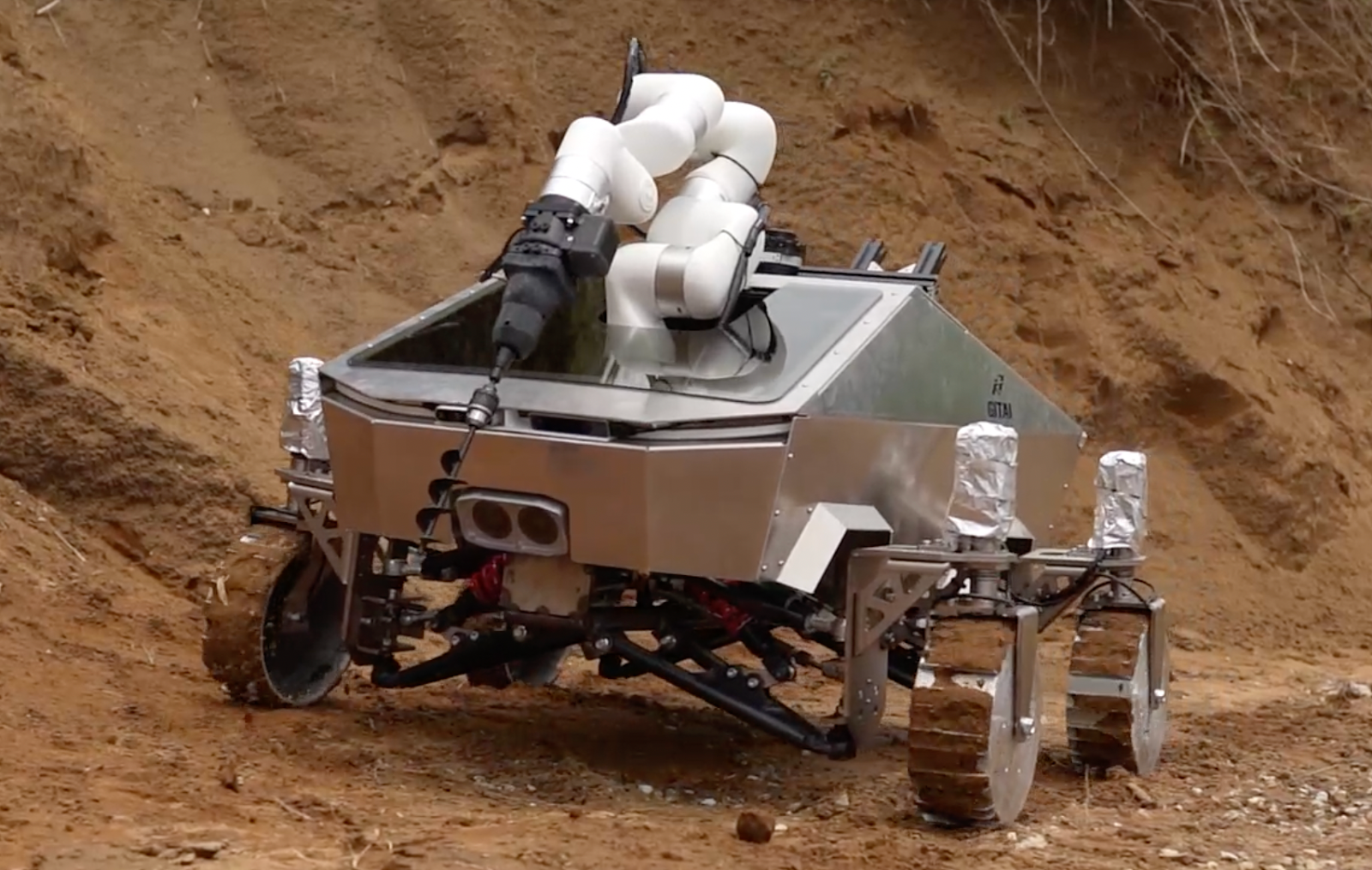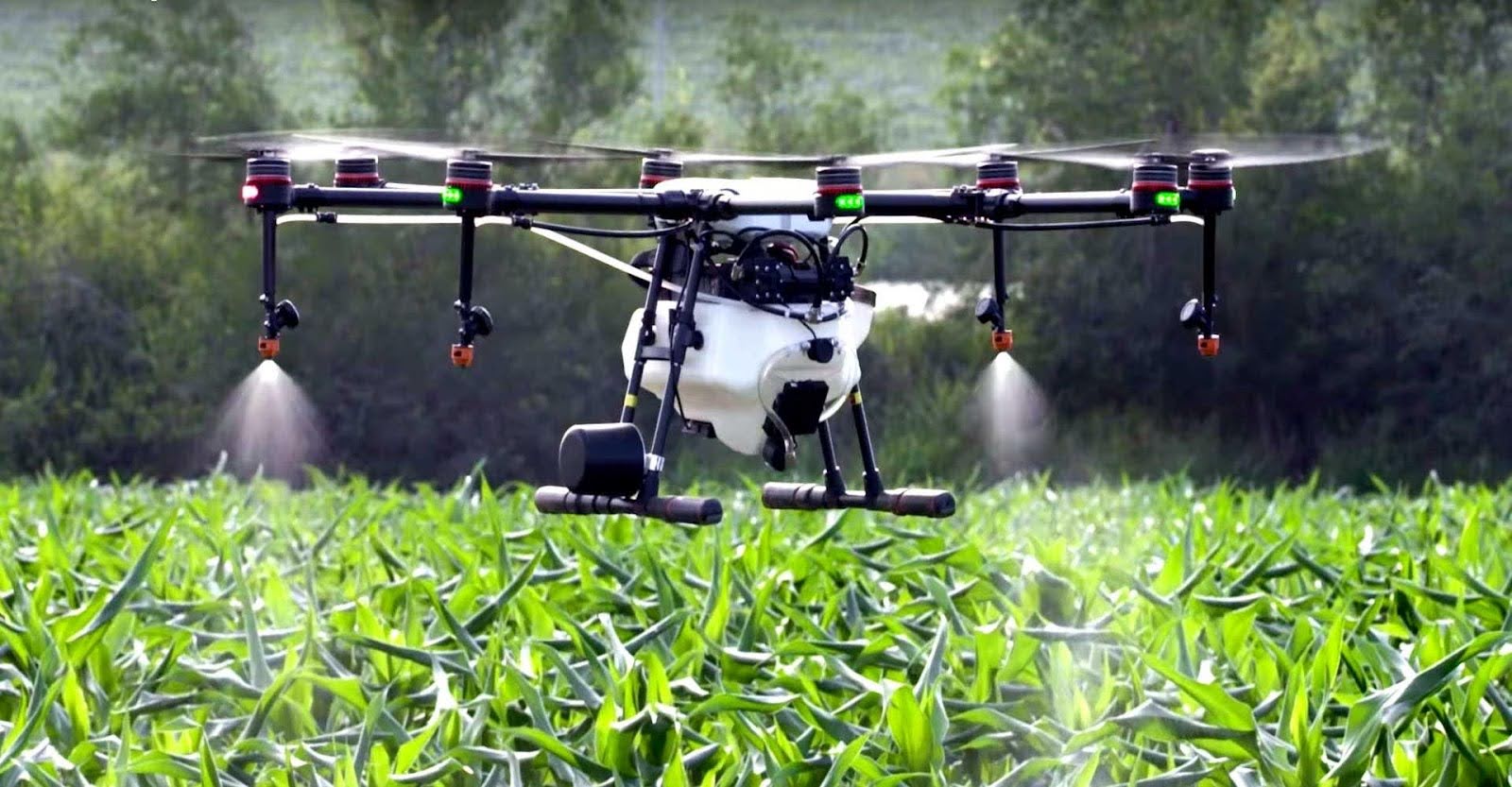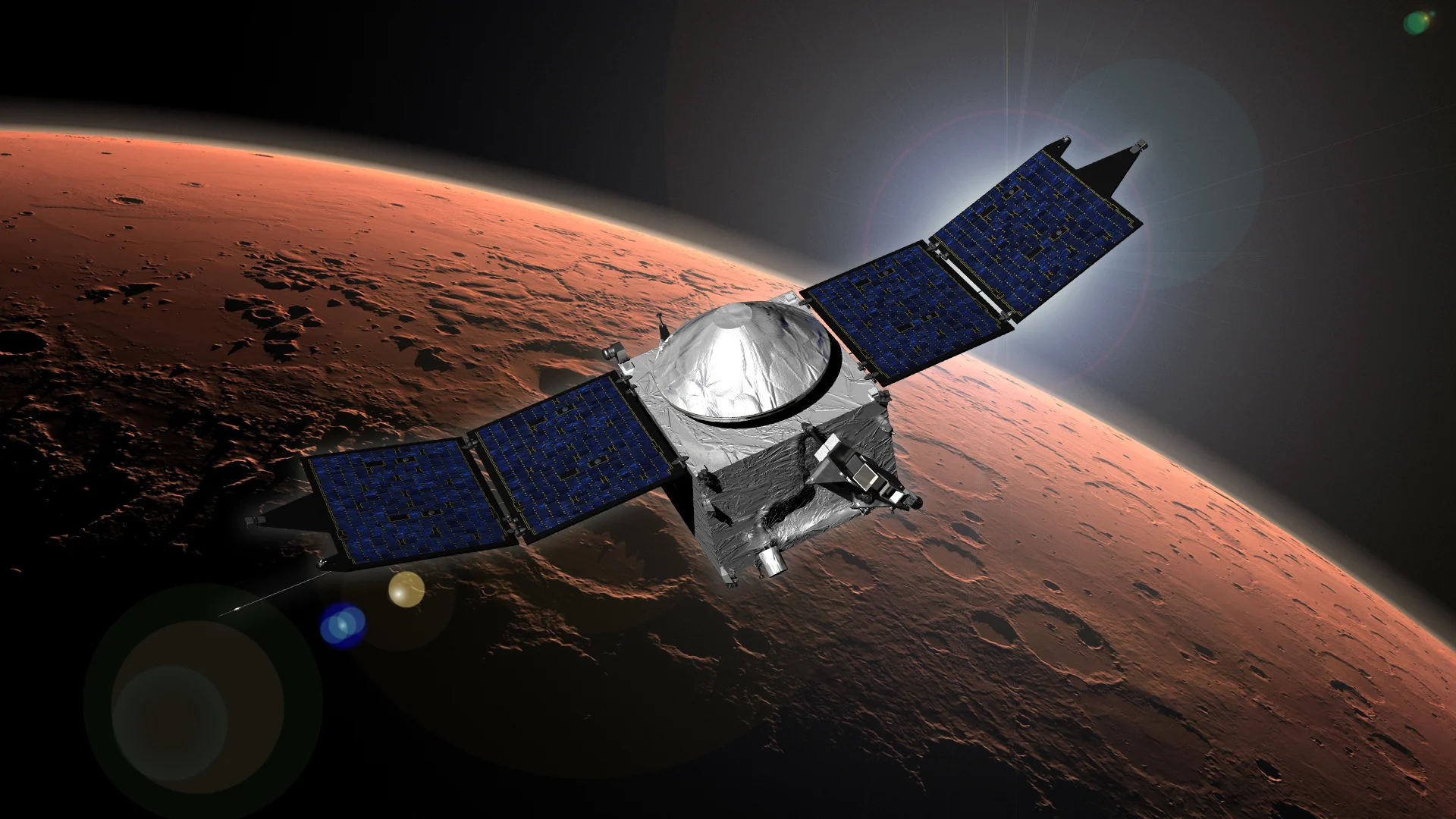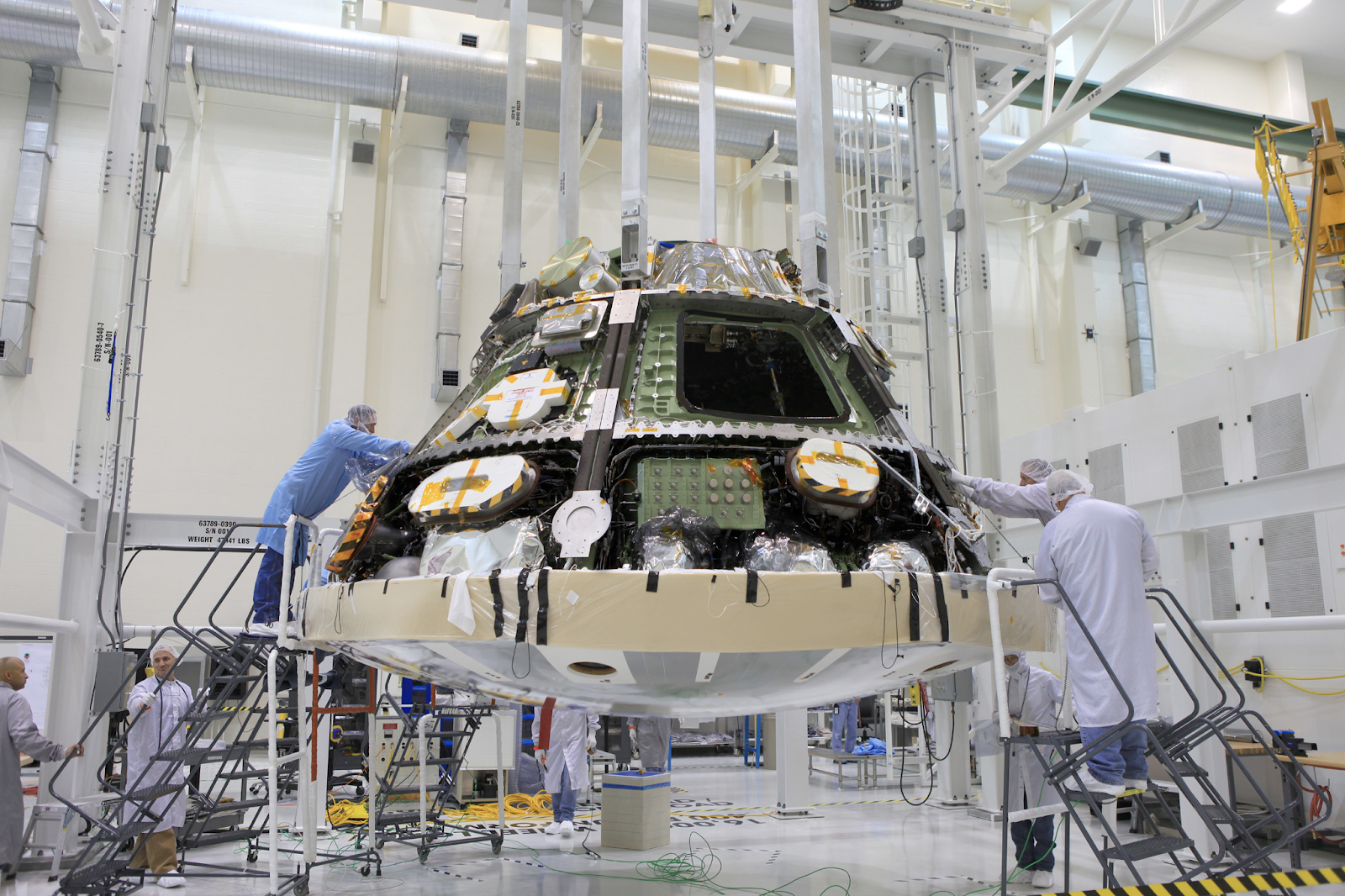2024-2025
Design Challenges



SERVUS|Open
Design resilient Mars CPNT architectures that manage varied data and operational needs.
Open
See More

SOLARA|Open
Explores lowering environmental impact through reducing emissions and sustainable aviation
Open
See More


ORION|Open
Design a space mission to send a spacecraft to monitor space weather and provide communication to Mars.
Open
See More

